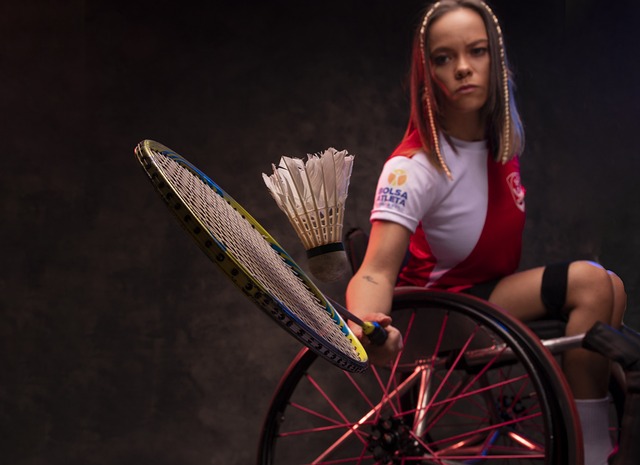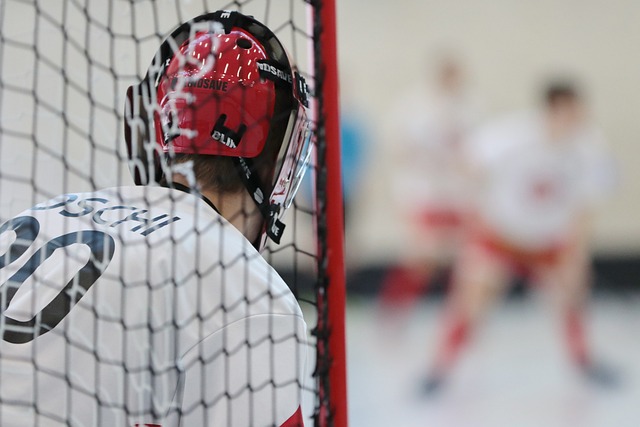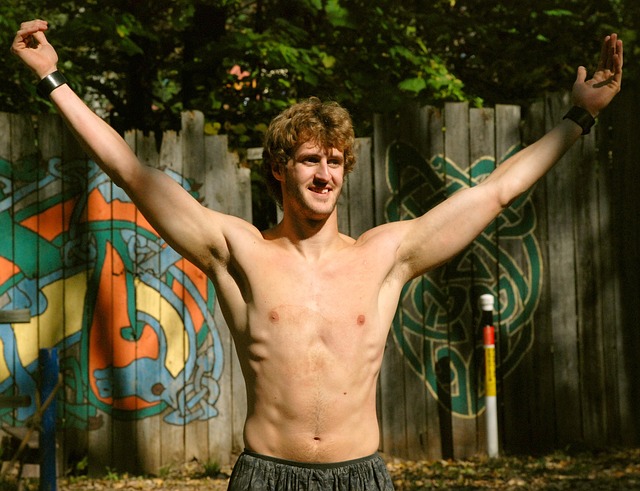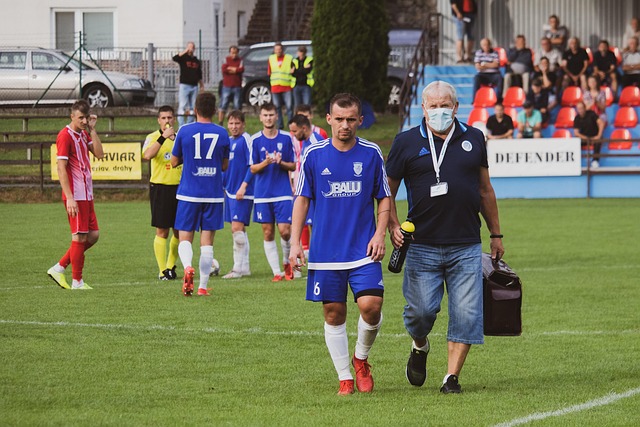Athletic downtime is crucial for athletes' well-being and peak performance. Targeted regenerative treatments, leveraging biotechnology like growth factors and stem cells, revolutionize recovery by minimizing downtime, accelerating healing, and reducing injury risk. These therapies, including PRP, stem cell therapy, cold therapy, and compression, speed up athletic recovery, enabling faster returns to training and competition for professionals and amateurs alike. Integrating foam rolling, massage, and compression clothing further enhances performance and minimizes downtime. This holistic approach prioritizes restorative care, giving athletes a strategic edge in competitive sports.
In the competitive world of athletics, minimizing downtime is key to optimal performance and success. This article explores targeted regenerative treatments as a revolutionary approach to reduce athletic recovery time. We delve into the understanding of downtime’s impact, uncover the benefits of regenerative therapies, and highlight popular techniques used by athletes. Additionally, we provide insights on integrating these practices into training regimes for enhanced athletic recovery.
- Understanding Athletic Downtime and Its Impact
- Targeted Regenerative Treatments: A New Approach
- Benefits of Regenerative Therapies for Athletes
- Popular Techniques in Regenerative Athletics Recovery
- Integrating Regenerative Practices into Training Regimes
Understanding Athletic Downtime and Its Impact

Athletic downtime, or recovery period, is a crucial aspect of an athlete’s journey towards optimal performance and injury prevention. It refers to the time taken between intense training sessions or competitive events for muscles, tendons, and other tissues to repair and rejuvenate. Understanding athletic downtime is essential as it directly impacts an individual’s athletic capability and overall well-being. During this period, athletes can address muscle soreness, reduce inflammation, and stimulate cellular regeneration, all of which contribute to improved athletic recovery.
Ignoring or inadequate management of athletic downtime can lead to overtraining syndrome, increased risk of injuries, and decreased performance. By implementing targeted regenerative treatments, athletes can significantly reduce this downtime. These treatments focus on accelerating the natural healing process, promoting tissue repair, and enhancing overall athletic recovery. With proper care during this period, athletes can train smarter, recover faster, and consistently perform at their peak.
Targeted Regenerative Treatments: A New Approach

Targeted regenerative treatments are transforming athletic recovery, offering a promising new approach for athletes seeking to minimize downtime and optimize performance. Unlike traditional methods that focus on general treatment, these cutting-edge therapies zero in on specific areas of injury or fatigue, promoting targeted healing and accelerated recovery.
By leveraging advancements in biotechnology, targeted regenerative treatments harness the body’s natural healing mechanisms. They involve the use of growth factors, stem cells, and other bioactive substances to stimulate tissue repair and regeneration at the cellular level. This precise approach not only reduces inflammation but also supports the reconstruction of damaged muscle, tendon, and ligament tissues, enabling athletes to return to their active lifestyles faster and safer than ever before.
Benefits of Regenerative Therapies for Athletes

Regenerative therapies have become a game-changer in the world of athletic recovery, offering athletes an effective way to minimize downtime and accelerate their return to peak performance. These innovative treatments focus on the body’s natural healing processes by stimulating the regeneration of damaged tissues, reducing inflammation, and promoting cell growth.
For athletes, the benefits are significant. By targeting specific areas of injury or strain, regenerative therapies can provide rapid relief from pain and discomfort, enabling a faster and safer return to training and competition. This is particularly crucial for professional and amateur athletes alike, who strive to maintain their physical prowess and compete at the highest levels while managing ongoing training demands.
Popular Techniques in Regenerative Athletics Recovery

In the realm of athletic recovery, regenerative treatments have emerged as game-changers, promising to reduce downtime and accelerate healing. Among the popular techniques, platelet-rich plasma (PRP) therapy stands out. PRP utilizes a patient’s own blood to stimulate natural healing processes by enhancing cell regeneration and reducing inflammation. This minimally invasive procedure has shown remarkable results in treating sports injuries, particularly in areas like tendinitis and muscle strains.
Another notable method is stem cell therapy, which harnesses the body’s inherent ability to regenerate. By injecting stem cells into injured tissues, this treatment encourages the growth of new, healthy cells, fostering a more rapid athletic recovery. Moreover, techniques like cold therapy and compression are also widely used to manage inflammation, reduce swelling, and speed up muscle repair, all contributing to athletes’ return to peak performance.
Integrating Regenerative Practices into Training Regimes

Integrating regenerative practices into training regimes has emerged as a game-changer for athletes, significantly enhancing their ability to optimize performance and minimize downtime. By incorporating targeted regenerative treatments, such as foam rolling, massage therapy, and compression clothing, athletes can accelerate muscle recovery, reduce inflammation, and improve overall athletic recovery. These techniques work synergistically with traditional training methods, ensuring that the body is not just stronger but also more resilient.
This holistic approach to fitness recognizes that effective training requires a balanced interplay between exertion and regeneration. By prioritizing restorative care, athletes can maintain peak performance levels without succumbing to chronic injuries or overtraining syndrome. In today’s competitive sports landscape, where pushing physical boundaries is paramount, integrating regenerative practices offers a strategic edge, enabling athletes to consistently deliver their best during every training session and competition.
Targeted regenerative treatments offer a promising avenue for athletes to reduce downtime and enhance their overall athletic recovery. By employing innovative techniques like platelet-rich plasma (PRP), stem cell therapy, and tissue engineering, sports professionals can now address the root causes of injuries and speed up healing processes. Integrating these cutting-edge therapies into training regimes has the potential to revolutionize athletic performance, ensuring athletes return stronger and more resilient than ever before.
